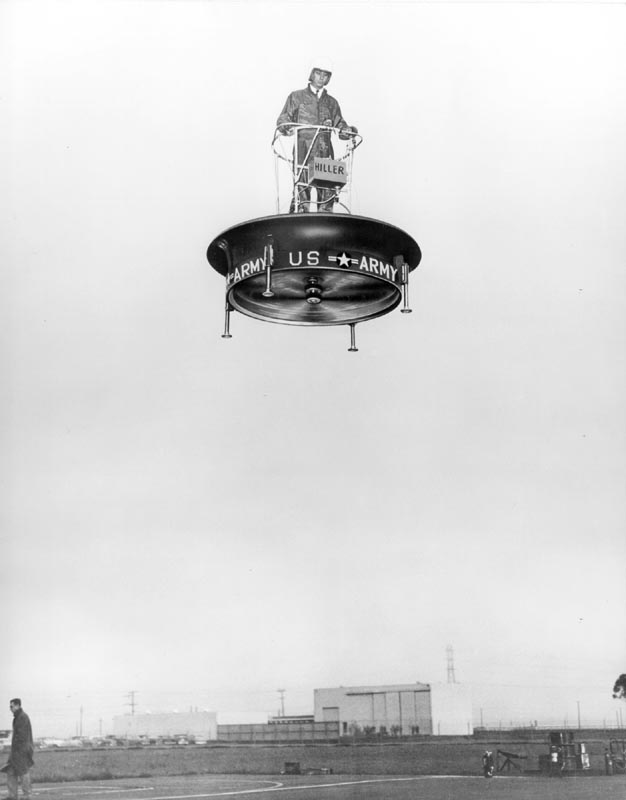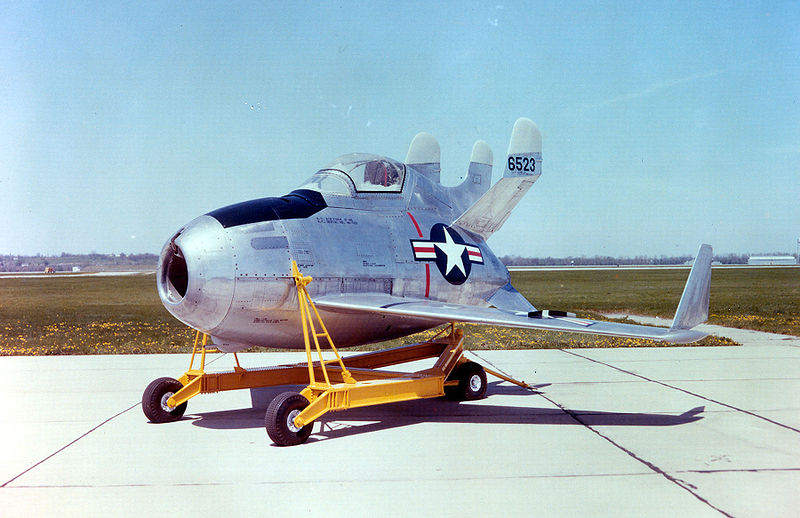Explanation: They Were Drunk
These absurd aircraft must be seen to be believed
/https://tf-cmsv2-smithsonianmag-media.s3.amazonaws.com/filer/9c/4e/9c4e5793-aad9-4e6f-bbd3-ec39eb132b50/colour_avrocar_59.jpg)
In the history of aviation, there were ideas that didn’t quite work out. Take the Avro VZ-9-AV Avrocar, one of ten odd aircraft profiled in the Smithsonian Channel film “Unbelievable Flying Objects.” (It’s number 5). The U.S. Air Force became interested in the Avrocar as an early “stealth” aircraft that could hover beneath radar, then zoom into the sky at supersonic speeds. That’s right, supersonic.
Of the Avrocar, says Mike Jackson, former director of the U.S. Aviation Hall of Fame, “The way that they came up with this idea was either they were drunk, or somebody had seen a science fiction movie.”
The Avrocar was underpowered and unstable, and the fastest it ever flew was 35 miles per hour. “When you reached a speed of 30 miles per hour,” says Roger Connor, vertical flight curator at the National Air and Space Museum, “the Avrocar would begin to oscillate wildly around its vertical axis.” Not good.
The film’s number 10 pick is the Hiller Flying Platform, the idea being that your garden-variety soldier could jump on the Hiller and zip across the battlefield. Dan Patterson, an aviation photographer and author, notes, “The idea that a soldier could fly that thing—and then fire a weapon—is crazy.” It was totally unstable, too slow, impossible to shoot from, and wasn’t even cool-looking. The U.S. Army cancelled the program in 1959.
Number 6 on this list is McDonnell Douglas’ XF-85 Goblin. Nicknamed the Flying Egg, the World War II-era XF-85 was meant to escort bombers to their destination. How would it get there? The tiny aircraft would fit into the bomb bay of a B-36. (The aircraft was so compact that its pilots couldn’t be taller than 5 foot 8.) The XF-85 was attached to the B-36 by a retractable trapeze mounted in front of the Goblin’s cockpit. Detaching from it was fine; trying to hook back on was a nightmare. Since it wasn’t meant to take off or land on its own, it wasn’t fitted with landing gear. The U.S. Army Air Forces spent about $3.1 million on the program (about a billion dollars in today’s money) before it was cancelled in 1949.
Interested in seeing the entire list? The program is available on demand through the Smithsonian Channel. Watch a sneak peek, below.

